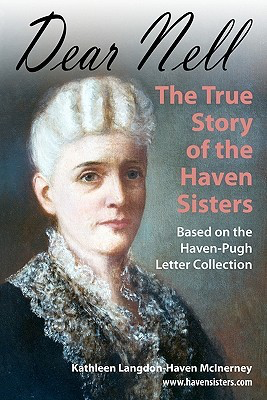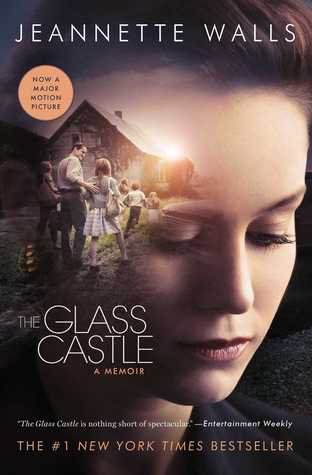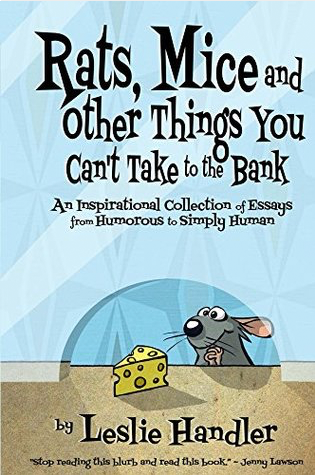I received this book for free from the author as a free story in exchange for an honest review. This does not affect my opinion of the book or the content of my review.
Source: the author as a free story
Dear Nell: The true story of the Haven Sisters
by
Kathleen Langdon-Haven McInerney
memoir in Paperback edition on October 2010 and has 369 pages.
Explore it on Goodreads or Amazon
Dear Nell: The true story of the Haven sisters is a very compelling read. Based on a collection of letters between two sisters (of the author’s own family) who are on opposite sides of the Civil War to create a true behind-the-scenes story of life during the war combining the issues of family, death, money, and birth.
My Take
Dear Nell provides an intimate look at how life was lived from 1855 to 1907 amongst reasonably wealthy people. The main pull is the Civil War years as Nell, a New Yorker, marries a southern gentleman and moves onto his plantation in Louisiana just one year before war breaks out. Letters back and forth between family members, the vast majority with her sister, Fanny, in the North with Nell in the South provide insight into the feelings and political leanings of both sides with its attendant acrimony. I suspect Nell crowed a bit about her wonderful life and with the war’s devastation of that life, Nell had a bit of a come down.
The letters are compelling in conveying the misery of life in the South during the war as well as the everyday interaction with her children and her husband, David. I would have liked a little more emotion on Nell’s hardships as it can be a bit of a dry read, but then, this is a serious work and not one of fiction. I suspect I subconsciously filled in the privations from previous readings.
It’s weird. You don’t expect people to last forever, but I cried when they did die, and I cried in sympathy for Ellen’s difficulties with David…I wanted to smack that boy upside the head! I think her suffering is what caused the long gap between when I started this memoir and my finishing it. I suffered along with her.
One of the things I very much enjoyed about Dear Nell was the language which helps set the atmosphere for the time period about which we are reading. How the words are put together, the spellings, terminology. I would have liked to see a better demarcation between the actual letters and the explanation McInerney provides (I do like the way she combines a summarization and actual letter content although it does make it difficult to differentiate between her words and the letter writer’s…that could have been the point, of course).
Medical Issues
I do wish McInerney would have gone more into what was wrong with David as well as provided 20th century interpretations of the ills suffered by everyone. The malaria and its treatment was very understandable, but I would have liked to know what was wrong with Anna. Was it Hodgkin’s disease or cancer? I was surprised at how matter-of-fact Fanny was about Anna’s surgeries including the topical application of ether. The childhood ills mentioned. I think if she had related the causes of death (gads, that’s really rather ghoulish!) it would have made the story even more interesting providing a more fleshed-in story. I do wonder what happened to Grace in the end…and if Fanny’s earlier concerns about her development were symptoms of what was to come.
Traveling in the Last Half of the 1800s
What’s amazing is how much traveling people did. And not just the machinations of traveling through a war zone but simply the every day flitting about visiting people. I’m impressed at how much people accomplished with as much time as they spent on the road!
Economics
There is an appendix detailing some of the expenses Ellen (Nell) has undergone which provides an interesting insight into the value of the dollar in 1896 and on until Nell’s death in 1907 at which point the primary letters, naturally, cease. I do wish McInerney would have incorporated the expenses into the main part of the book. The costs she does mention don’t have any real meaning until the appendix when she provides a basis of comparison between then and today’s dollar. It’s a bit much to take in that $1 in the late 1800s was worth $20 today. That 50-cent hansom ride doesn’t seem so cheap anymore!
Continuing to Today
In another appendix, there are a few letters which touch on what happens to the family between 1909 to 1984 and includes McInerney’s family’s pursuit of their own genealogy.
McInerney mentions that she still has more letters to peruse and is still not done; I find myself looking forward to learning more about her family. There is one section which lists the start of the families from when they first came over to America in the 1600s and their endurance is amazing. The thought of the history behind her forebears as well as their accomplishments makes me want to know more. It makes history more personal. A mention of James Carter’s law firm still being in business today in New York compounds the unreal sense of reality; that McInerney really is writing about real people who have contributed to society.









